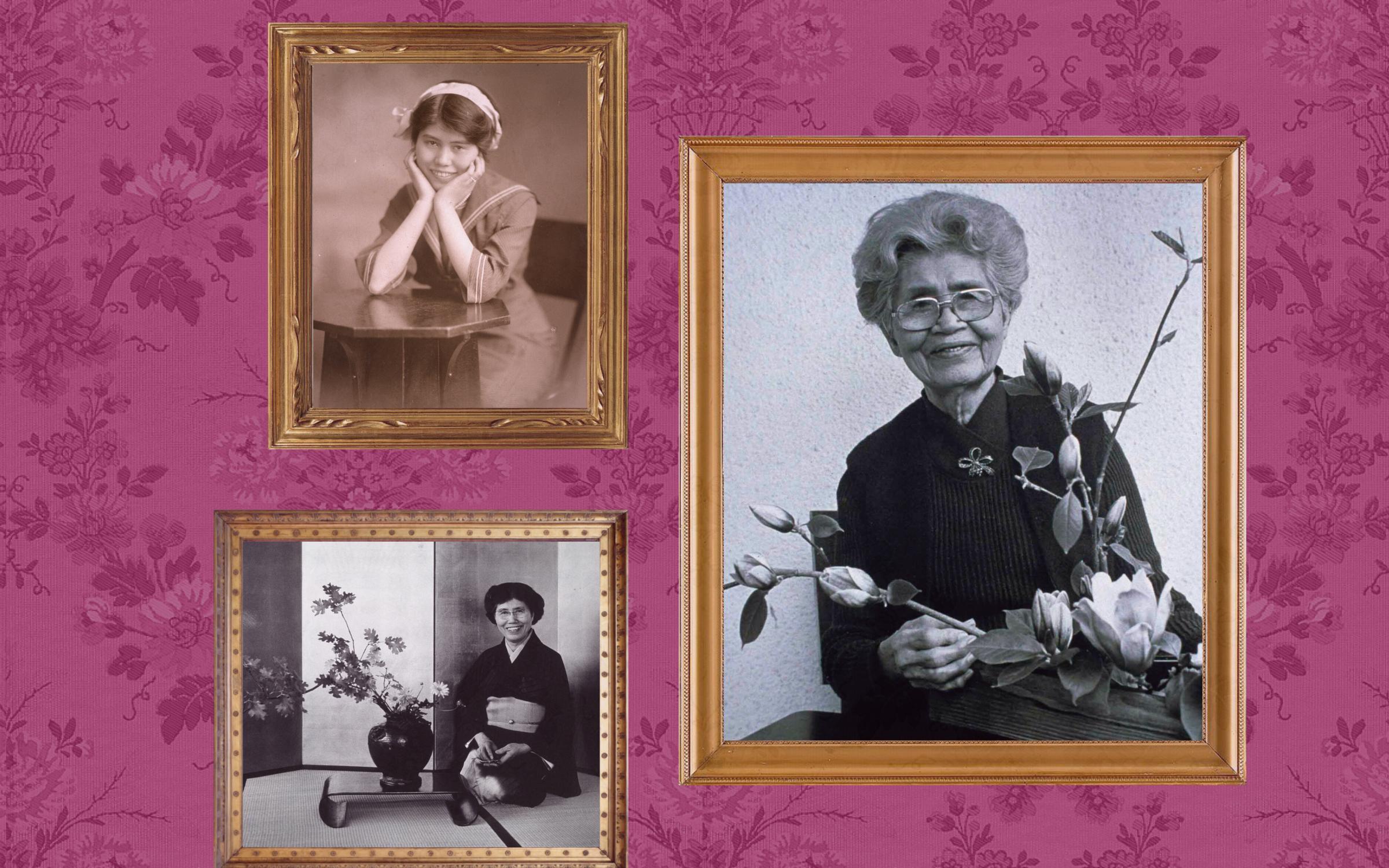
A Life of Flowers – With a Special Sight and Sound Recital featuring Traditional Japanese Instruments
Thursday, May 2, 2024 | 4-6 pm | Free
K-12 teachers can receive re-licensure hours by attending the hour long presentation before exploring the museum and participating in a group discussion.
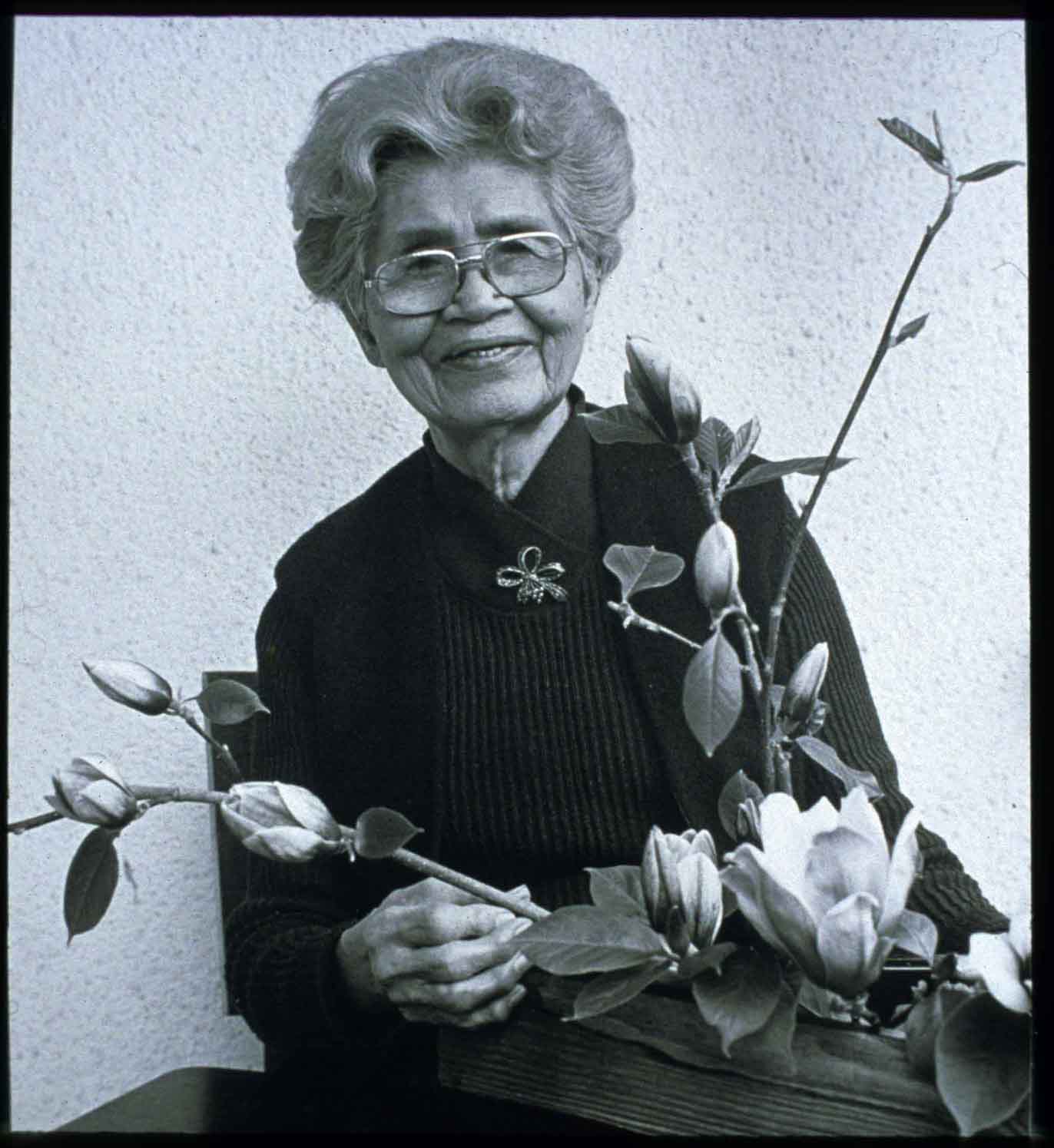
The UMFA is proud to host Kimi Hill to discuss the life and art of her grandmother, the pioneering Bay Area issei ikebana sensei (teacher), Haruko Obata (1892–1989).
In a newly illustrated presentation, Kimi Hill will share her grandmother’s story based on a 1986 oral history, exploring Haruko’s youth in Japan, her life as the wife of artist Chiura Obata and mother of four children, her forced incarceration at Topaz, and her long career as an artist in her own right.
Assisting in this presentation will be Keiko Kubo from the "modern" Sogetsu school of Ikebana. She will present and elaborate on a few pre-made ikebana arrangements created specifically for this program.
After the presentation, at 5:15 pm, join us in the UMFA Great Hall for a special Sight and Sound performance. Immerse yourself in the captivating melodies of musicians Shirley Muramoto and Bryan Mitsuhiro Wong as they present a recital featuring traditional Japanese instruments—the koto and shakuhachi.
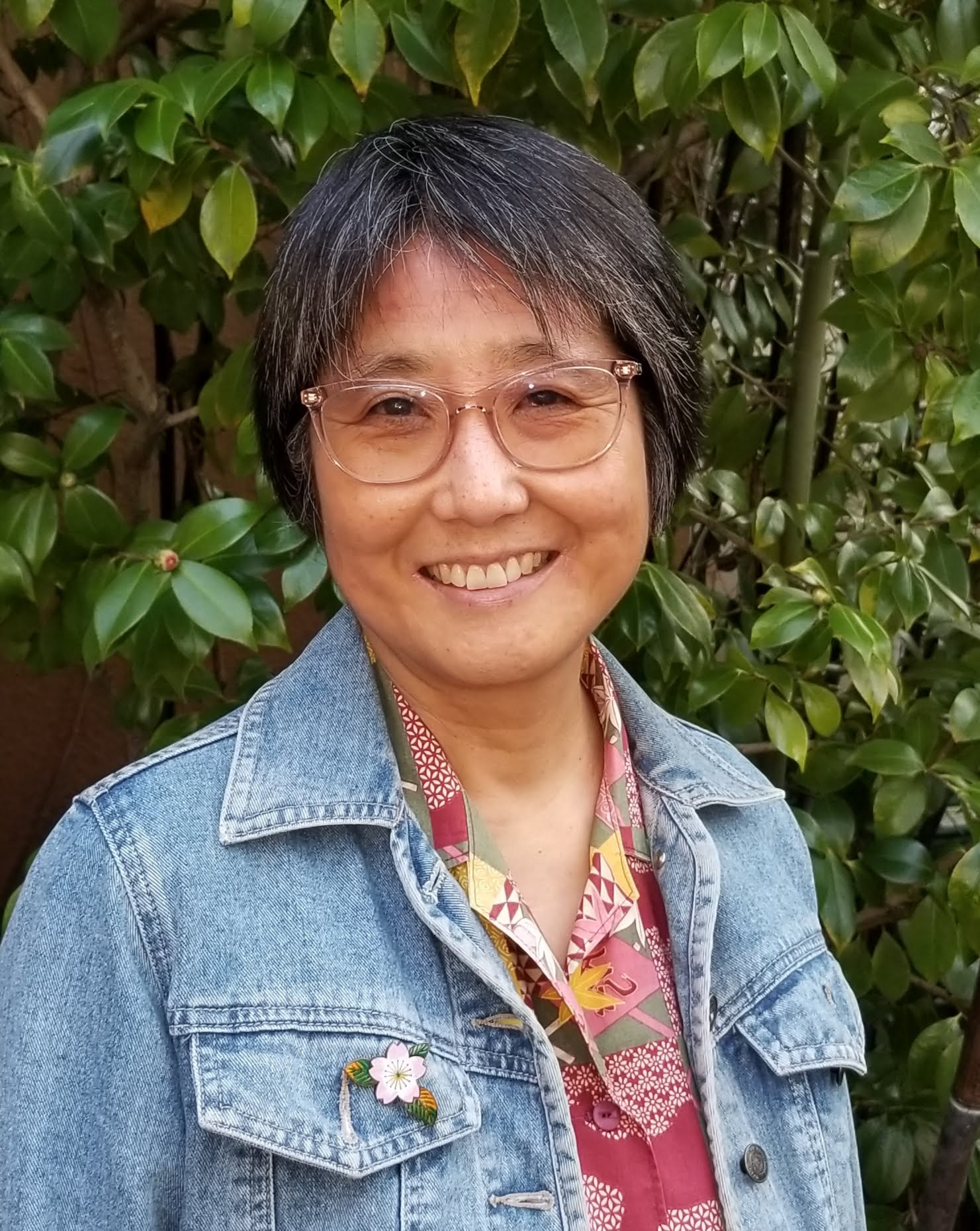
Kimi Hill has dedicated over three decades to lecturing on the life and artistic contributions of her grandfather, the esteemed artist Chiura Obata.
She has consulted on numerous books and exhibitions, including the 2018-2020 Chiura Obata: An American Modern retrospective with the Utah Museum of Fine Arts and the Smithsonian American Art Museum.
As a family historian, she edited the book Topaz Moon: Chiura Obata’s Art of the Internment, which chronicles Obata’s art historical record while imprisoned at the Tanforan and Topaz internment camps during World War II.
During the last decade of her grandmother Haruko Obata's life, Kimi served as her primary caregiver. In 1985, she conducted a comprehensive 20-hour oral history recording with Haruko, which formed the basis of the Life of Flowers lecture.
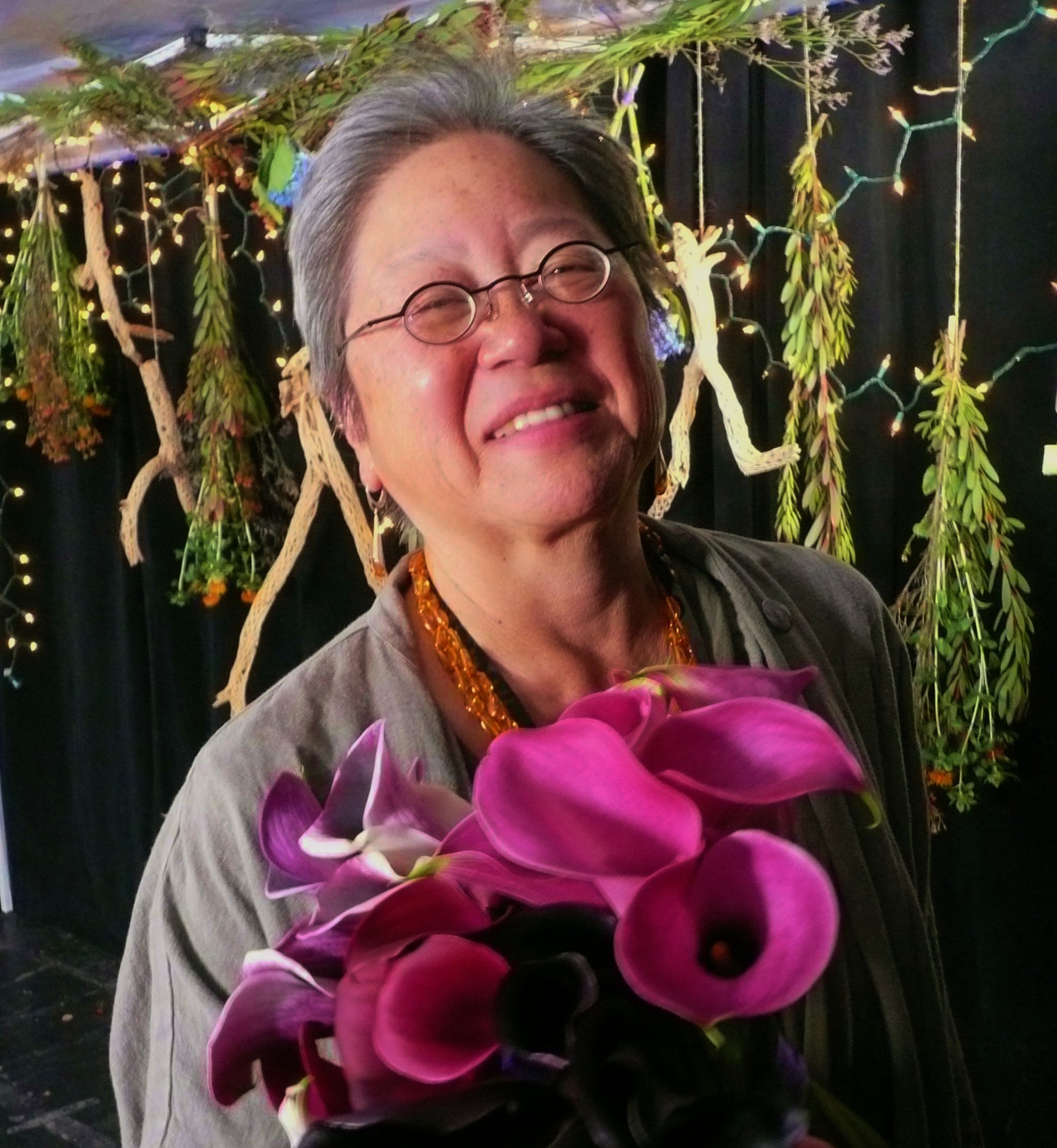
Keiko Kubo is a dedicated student and instructor at the renowned Sogetsu School of Ikebana. With over 20 years of experience studying under the guidance of esteemed teacher Soho Sakai, she holds the esteemed ranking of Jonin Somu.
In the late 1970s, with funding from the National Endowment for the Arts at UC Berkeley, Keiko conducted a compelling interview with Haruko Obata focusing on the exploration of Art and Literature in the World War II Concentration Camps.
Keiko currently shares her wealth of expertise as an instructor at J-SEI, a Japanese Community Center in Emeryville, California. There, she blends her passion and knowledge of Ikebana with a deep appreciation for the shared history, experiences, and cultural richness of her Japanese community.
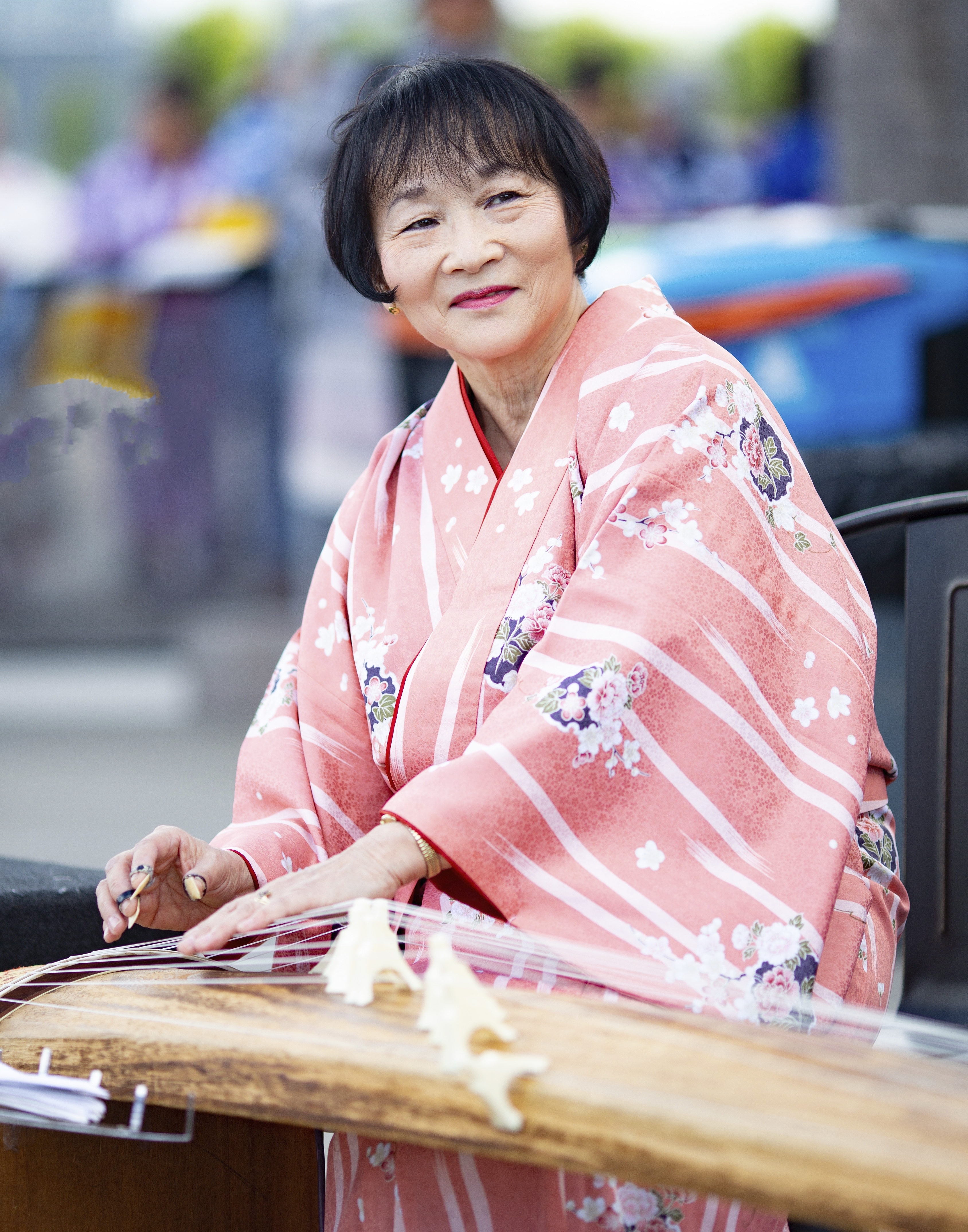
Shirley Kazuyo Muramoto, is a multifaceted musician, educator, and filmmaker. Hailing from the San Francisco Bay Area as a fourth-generation Japanese American, Shirley's upbringing suffused her in the rich traditions of the koto, under the instruction of her mother and esteemed teachers in Japan. She attained significant milestones in her journey, including the prestigious "Shihan" and "Dai Shihan" degrees from the Chikushi School in Fukuoka, Japan, showcasing her mastery of the instrument.
Over her five-decade-long career, Shirley has incorporated elements of jazz, hip-hop, gospel, and world music into her performances and compositions.
Her tireless dedication to teaching and promoting cultural heritage earned her recognition, including induction into the Bunka Hall of Fame and participation in prestigious competitions, epitomizing her commitment to honoring history and legacy through music and education.
Brian Mitsuhiro Wong – koto, shakuhachi, shamisen, vocal, composer
Brian Mitsuhiro Wong, a versatile musician of Japanese and Chinese heritage, distinguished himself by winning the prestigious "Grand Prix" award for his outstanding performance in the koto teaching examinations conducted by the esteemed Sawai Soukyokuin Koto Conservatory in Tokyo, Japan, in July 2006.
Following this achievement, Brian furthered his musical education by earning a Bachelor of Arts in Music Composition from California State University East Bay in Hayward, California, in June 2007.
With expertise spanning across multiple instruments, including the shakuhachi bamboo flute and shamisen, Brian embodies the rich cultural legacy of his family, now in its third generation of preserving and advancing both traditional and contemporary Japanese music.
As a complement to the Sight and Sound performance, we invite you to explore the documentary feature: Hidden Legacy: Japanese Traditional Performing Arts in the WWII Internment Camps. Produced by Shirley Muramoto, this film showcases Japanese American artists sharing stories of learning and teaching traditional arts in the American concentration camps during WWII. Discover how these practices provided peace, aiding individuals in maintaining calm and well-being throughout their five years of incarceration.
